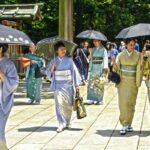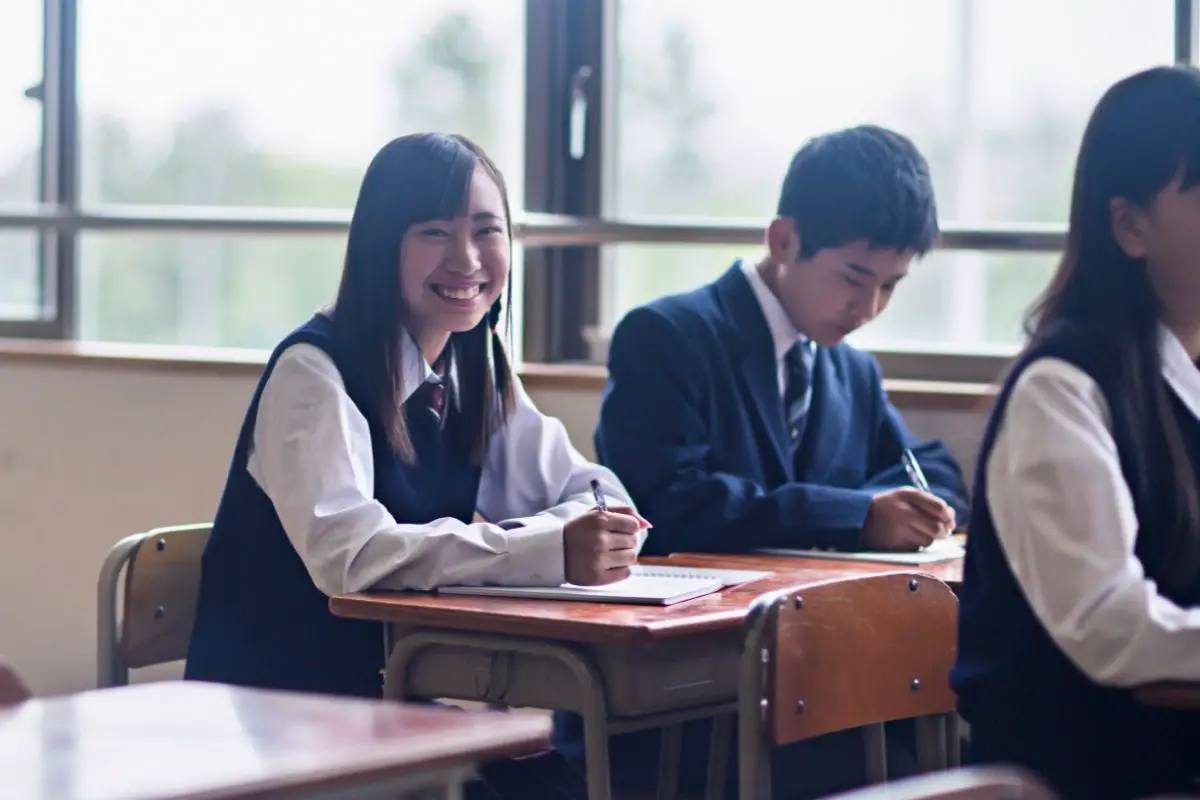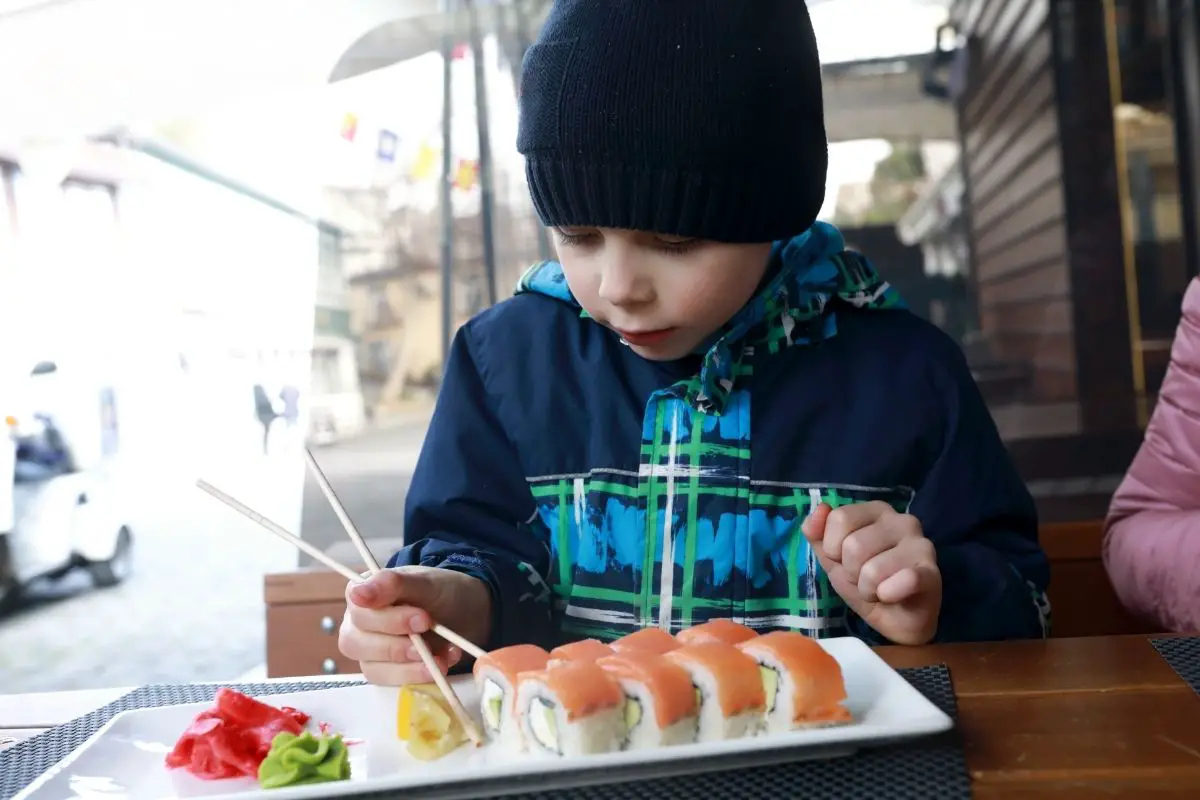You may have heard that Japanese school days are longer than in some other countries across the world. Children start their day at school shortly after 8am, and they have classes until the middle of the afternoon, followed by club activities.
In this article, we find out more about a normal school day in Japan.
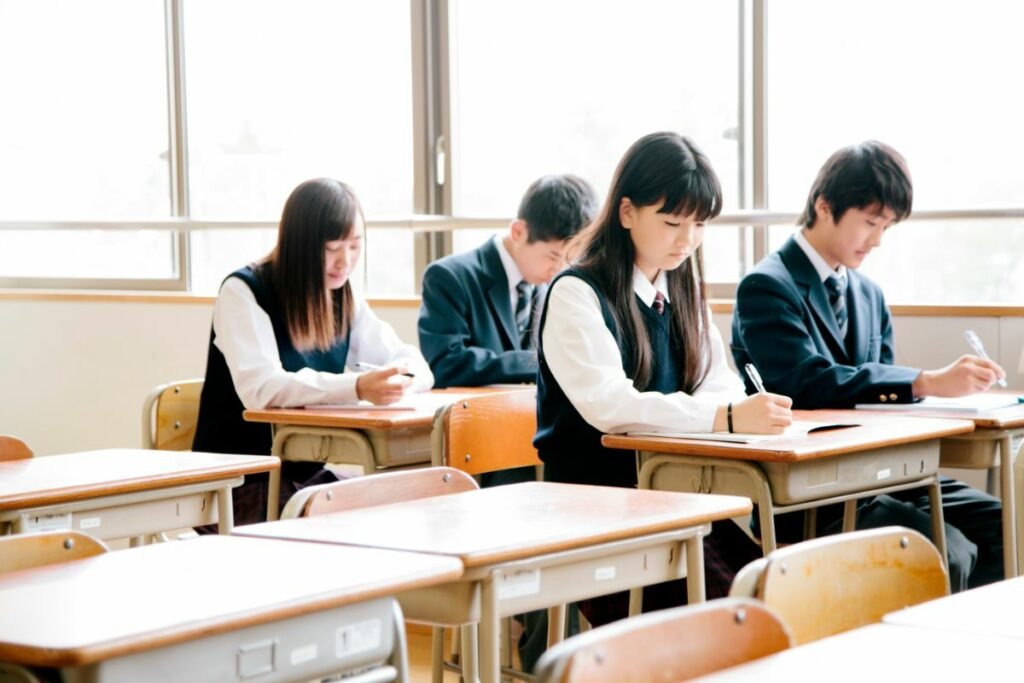
What Time Does School Start In Japan?
Kids should be at school by latest 8:30am. The exact starting times for schools can vary slightly but the majority of schools start at 8:30am or 8:45am.
Classes end at around 3:00pm or 3:15pm. This means that most children are at school for a minimum of six and a half hours every day from Monday to Friday.
In addition, many children also go to afternoon clubs and activities which finish around 6pm.
Some Japanese kids also visit cram schools, called juku, to study in the evenings.
Before Your First Day In A Japanese School
Typically, school children will be introduced to their school before their first day. That’s when they meet a representative from the school as well as the principal and vice-principal.
The kids will be shown around the school building and they will find out where their desks are and other important things they will need for their time at school.
There will also be other teachers around, so children will get to know the teachers they will have in their classes.
First Day In A Japanese School
On their very first day at school, children will need to make sure that they get to the school on time. Depending on where a child lives, he or she has to find his/her own route with the help of their parents.
Punctuality is important in Japan and it can affect how a child is perceived by teachers and classmates, so it’s essential that children arrive at school on time.
Once children arrive at school, they need to take off their shoes, and change into indoor shoes. Then, they need to find their teacher’s room where they greet their teacher at the door.
As children have already received an introduction to their desk space, they can easily find their way to their desk.
Saying this, teachers are also happy to help and show the way. Once all the children are seated at their desks, they will usually receive a welcome by the teacher, and then classes start.
Japanese School Day
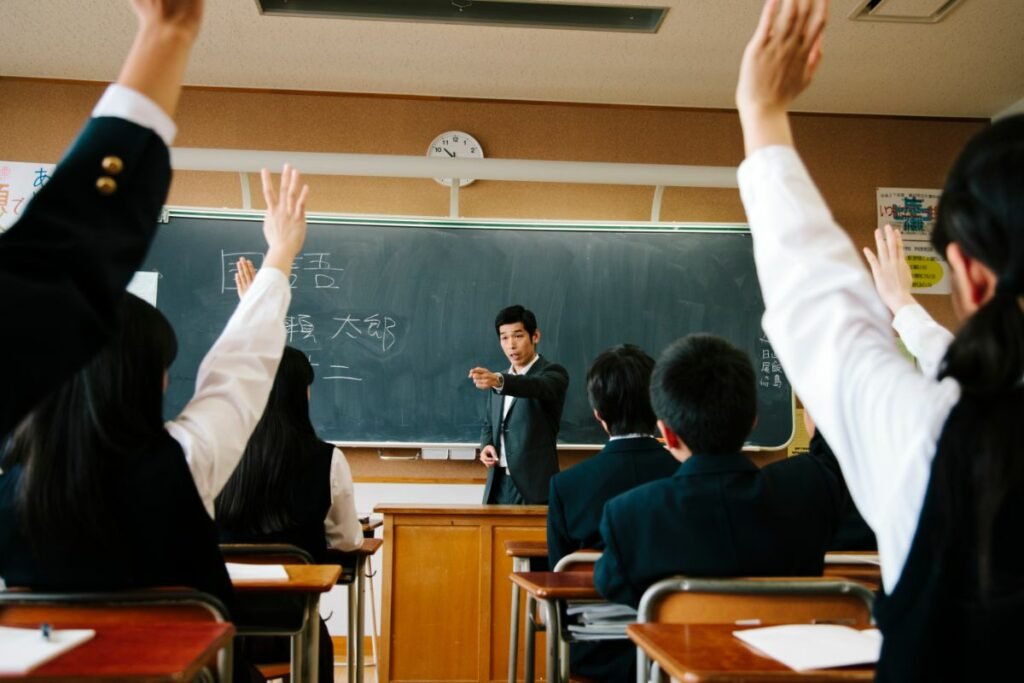
Just like in many other countries around the world, the school day in Japan has a clear structure.
Arrival And School Day Start
Children start school at around 8:30am, so they will have to ensure that they are at school on time.
The majority of Japanese children walk to school. However, children in rural areas may need to take the bus.
Once children arrive at school, they unpack their backpacks in their homeroom.
However, before classes can begin, children also have to perform some administrative duties.
This can include collecting papers from the teacher’s room, handing out graded papers or taking attendance.
Japanese School Day
All levels of Japanese schools have six periods per day. For elementary schools, a class is 45 minutes long. For high schools, a class is 50 minutes long.
There is usually a short break between each class. There is also a longer lunch break which gives children some time to talk and enjoy a nutritious meal.
Cleaning Time
Unlike in other countries, the cleaning of the school is the responsibility of students. This cleaning time is either scheduled after the lunch break or in the morning.
Generally, classes are divided into smaller teams that have different responsibilities, such as cleaning the classrooms, yards or halls.
Some students also help to serve lunch to their classmates.
School Day End
Depending on the school level, school ends between 3pm and 4pm. Then, students return to their homeroom for the end-of-day salutations.
Once classes finished, many high school students and junior high students also take part in club activities which usually last until 6pm.
Club Activities
Club activities after classes can vary, depending on what a school offers. This could be science clubs, arts or musician groups or sports (see also, ‘What is the National Sport of Japan?‘) teams.
Japanese schools offer a range of sports, from soccer, Judo and gymnastics to basketball, volleyball and tennis.
There are also cultural clubs which may offer anything from board games and comic book reading to art class, choirs, flower arrangements or tea ceremonies (see also ‘What is Raku Pottery?‘).
School Events
Throughout the year, schools hold different events, such as sports days or excursions to historical sites.
There are also culture and arts festivals that feature dance and other performances put on by school children.
Older children also take longer trips and excursions that can last for a few days.
Do Japanese School Children Have To Wear Uniforms?
Yes, Japanese children going to school have to wear uniforms. Typically, boys wear jackets with collars and pants.
Girls wear either a two-piece suit or a skirt and a blazer.
What Is The School Schedule In Japan?
The traditional Japanese school year starts in April and it finishes in March. Each school year is split into three semesters.
The first school semester starts in April, finishing around end of July. This is the beginning of the summer vacations which typically lasts until end of August.
The second school term starts in September and lasts until December. The final term is then from January to the end of March.
School children of all ages receive a report card with their grades at the end of each semester.
Final Thoughts
The Japanese education system is similar to other countries. There is a clear structure for each school day.
Children start school at 8:30am and finish school between 3pm and 4pm. Then, they attend their after-school clubs which could be a range of different activities.
There are a few differences of a Japanese school day compared to other countries, such as children taking part in cleaning.


